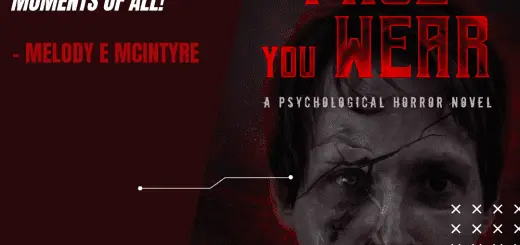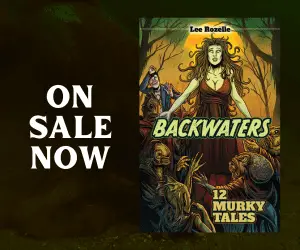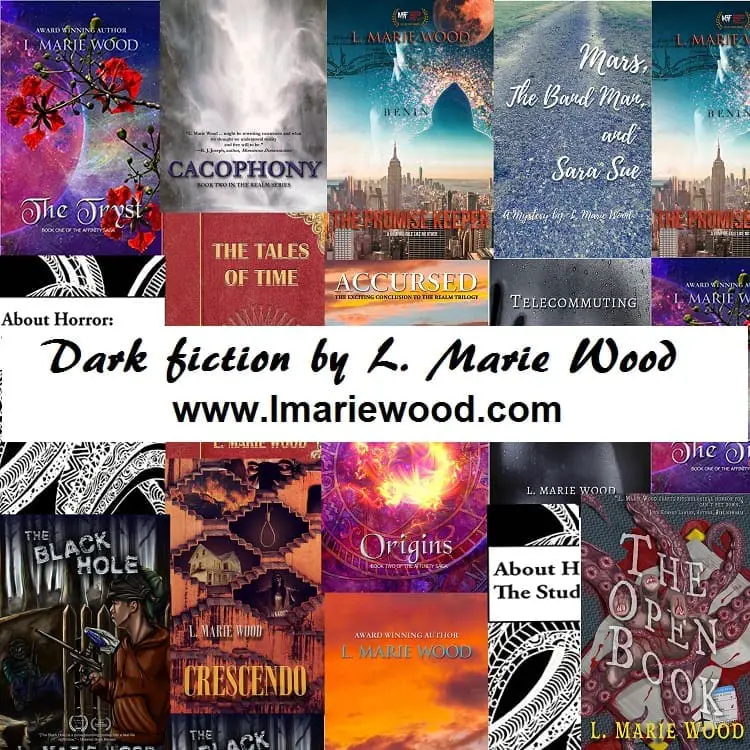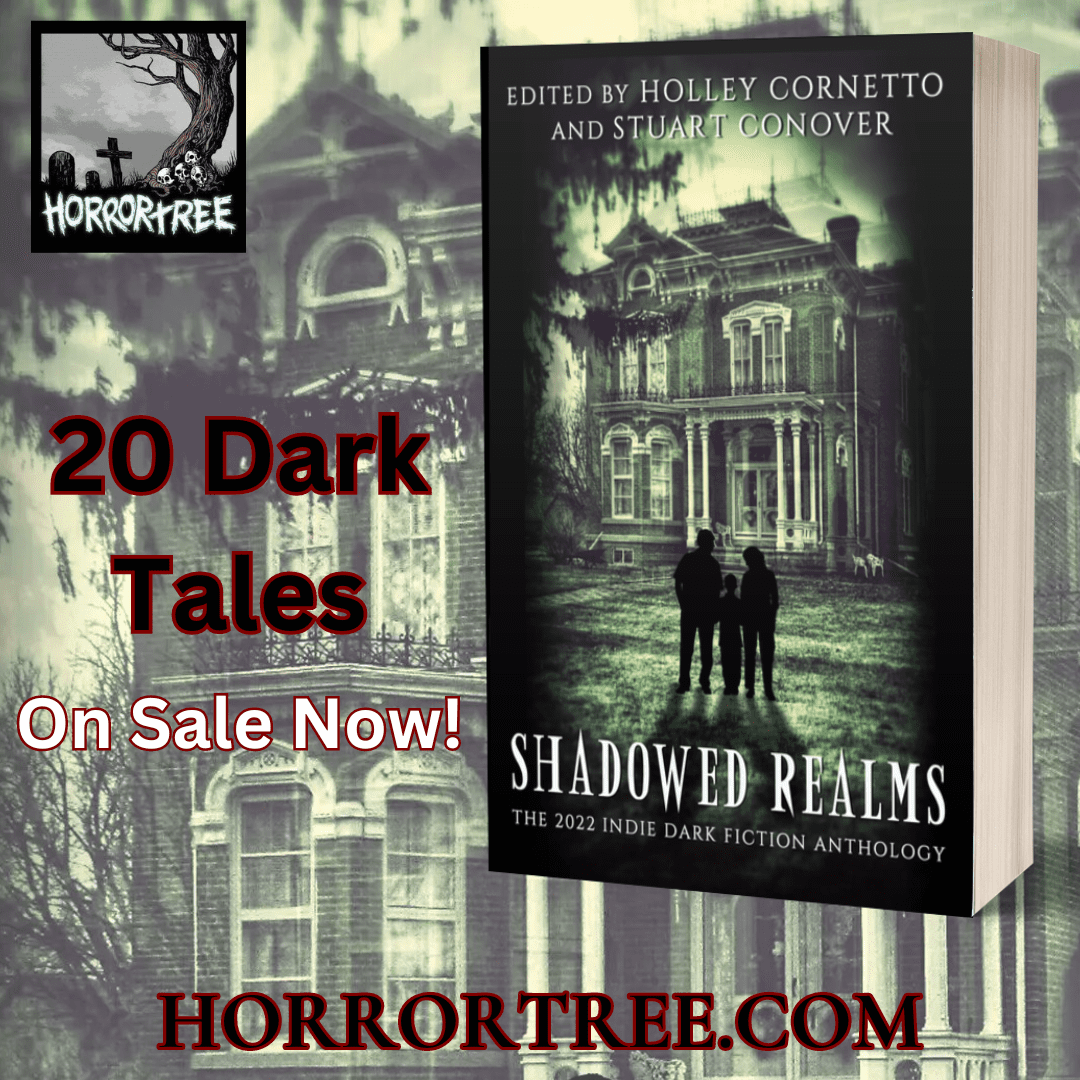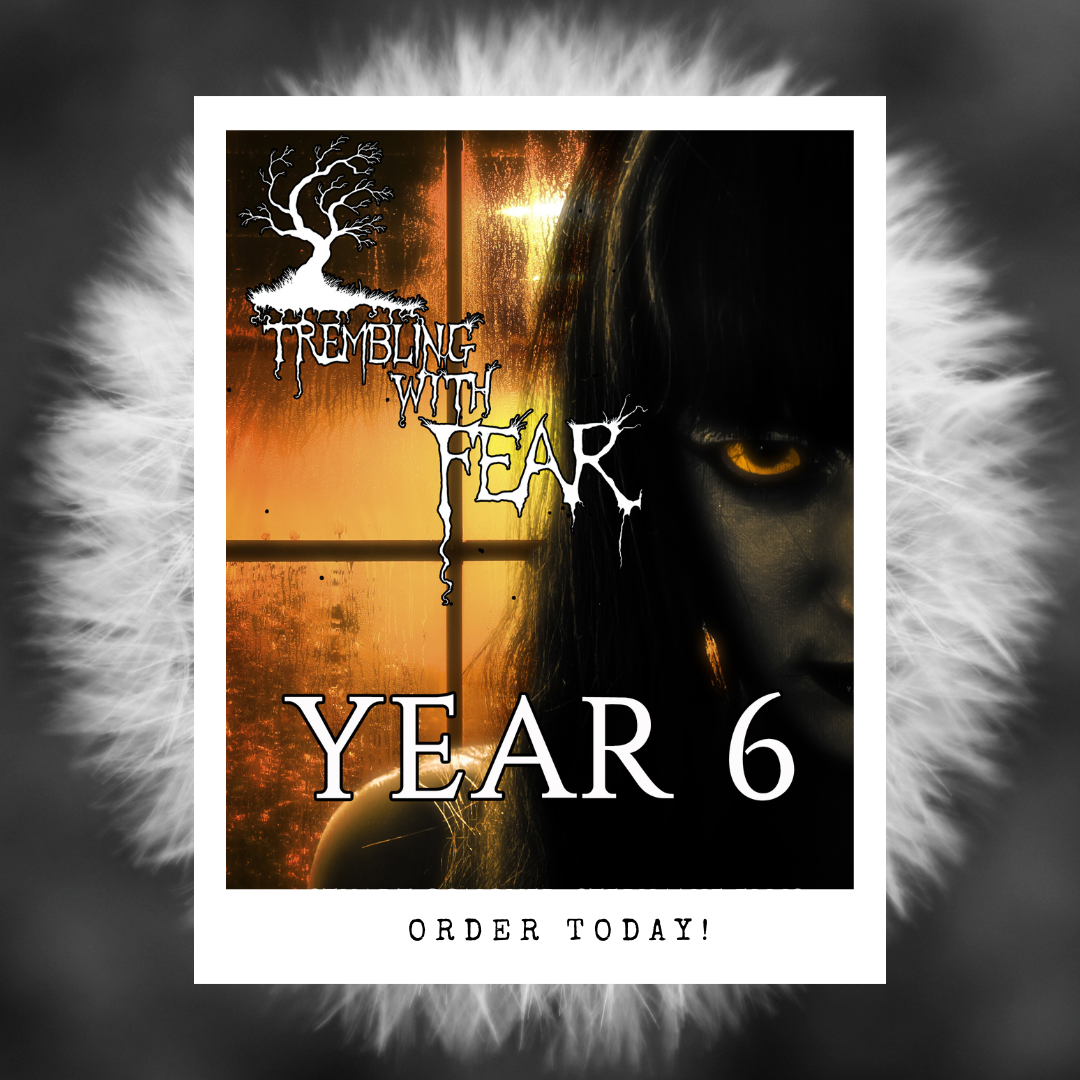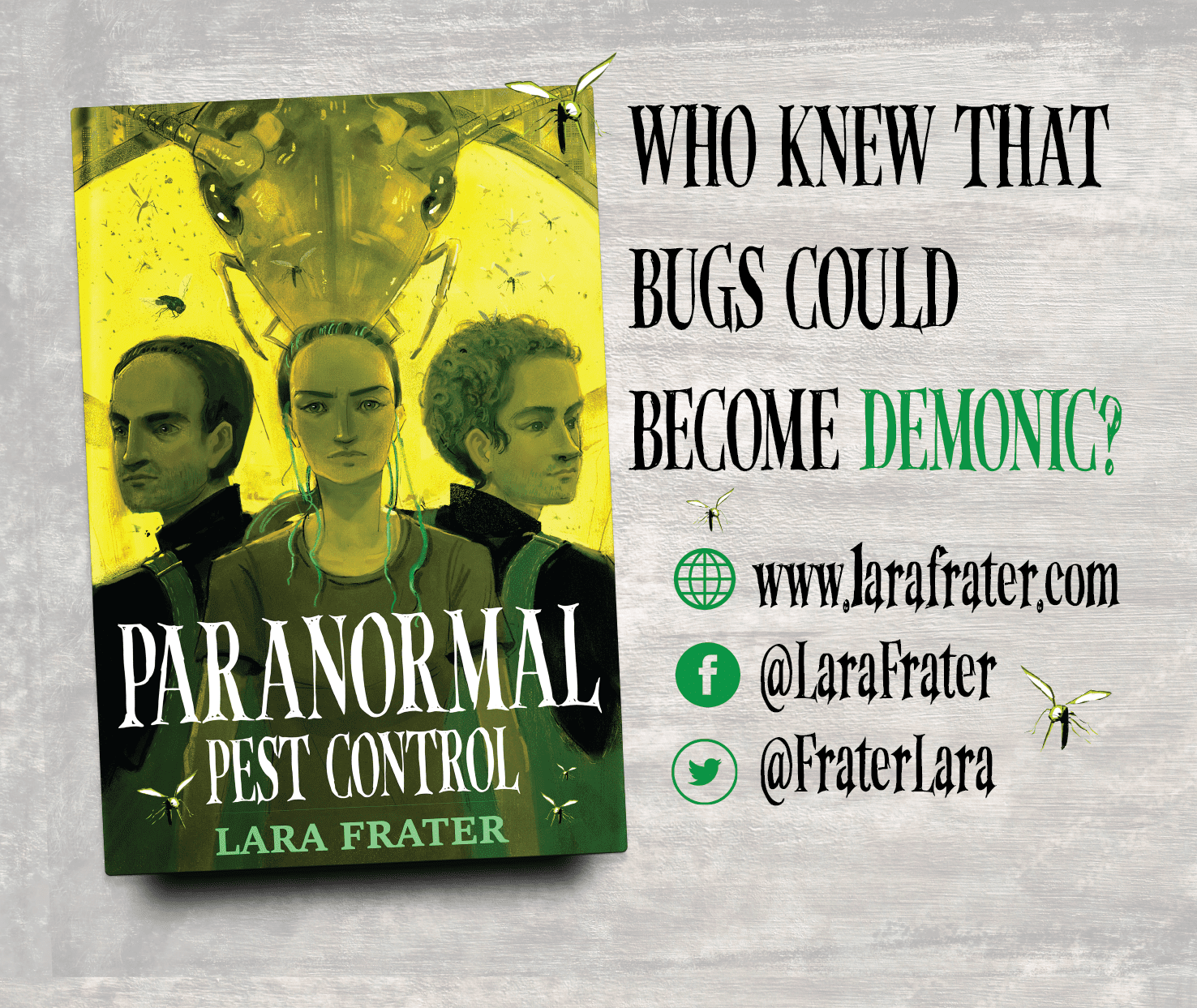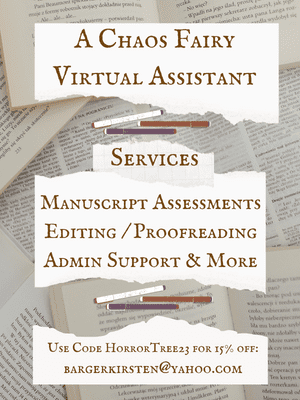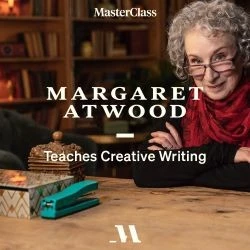Epeolatry Book Review: Whitechapel Rhapsody: Dark Poems by Alessandro Manzetti

Disclosure:
Our reviews may contain affiliate links. If you purchase something through the links in this article we may receive a small commission or referral fee. This happens without any additional cost to you.
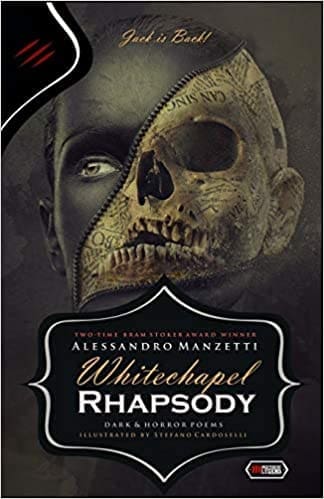
Title: Whitechapel Rhapsody: Dark Poems
Author: Alessandro Manzetti
Genre: Poetry
Publisher: Independent Legions Publishing
Release Date: 7th October, 2020
Synopsis: From Two-Time Bram Stoker Award-winning autor Alessandro Manzetti 26 new poems telling in a new way the story of Jack the Ripper, between the alleys and shadows of Whitechapel district in East London during the Victorian Era. Did the Ripper consider himself an artist? Maybe his victims were still life sculptures? Discover the dark vision of the best know serial killer through this modern rhapsody playing the bloody melody of the canonical five victims and the life in Whitechapel slums. Jack is Back!Cover art by Wendy Saber Core, interior illustrations by Stefano Cardoselli.
I received a copy of this collection in return for an honest review.
Whitechapel Rhapsody is a collection of dark poems by one of my favourite dark poets, Alessandro Manzetti. This particular collection sets itself in the crimes of Jack the Ripper and the atmospheric ‘personality’ of London’s East End.
As I read these poems, I thought about my own ancestors, from great-grandparents and back, who lived in this area. Whitechapel, Bethnal Green, Spitalfields, they lived in the most poverty-stricken streets of this time and would have experienced much described in these poems. The atmosphere of the East End leaching from Manzetti’s verse is a perfect marriage with the known history.
The East End was grim, a morass of the forgotten, of migrant communities, of people who lived in the “rhapsody of shadows, rats and refugee”. Manzetti turns Whitechapel into a predator personified in ‘I’m the Lair’. It is the trap into which all fall, “the prophet of misery”, the “nest of dust, shillings and sweat”. Reptilian, it is everything that beats at the dark heart of the East End.
Through his repeated refrain of “Deep Red, Deep East End,” (‘Bloody Rhapsody’, ‘Sick Rhapsody’, ‘Entangled Rhapsody’, ‘Madhouse Rhapsody’ and ‘Whitechapel Rhapsody’), he colours the shades of misery in the language of blood – the “Deep Red, Deep East End/the ghost with the razor, Death”.
‘Sick Rhapsody’ is the song for the syphilitic, the sufferers of tuberculosis and fever and their medicine “the liquour of melancholy”. In ‘Entangled Rhapsody’, with its mass of intertwined lives on intertwined streets, Manzetti gives Whitechapel a body, a place no one can escape. He delves into its dark mind in ‘Madhouse Rhapsody’ with “stories of asylums, green ghosts and white brains attached”. He wraps it all up in the embrace of Whitechapel Rhapsody, the song of the people, “‘who meet by chance, to live or die”.
These rhapsodies fix you in time and place as Manzetti leads you into the story of Jack the Ripper and his victims. Weaving in historical fact, he sings the songs of Annie Chapman, Mary Ann Nichols, Mary Jane Kelly, Elizabeth Stride and Catherine Eddowes. He also reminds us of Alice Mackenzie, murdered by a possible copycat. Their stories are broken by other tales of the street such as The Butcher’s Shop and the infamous Ten Bells, of the world going on around these deaths. A nice touch are the almost Dickensian names given to everyday people such as Dr. Openshow, Mr. Neardead, Mrs. Askmore, Mrs Lovelone and Mr. Hackfate, which adds even more to the sense of time.
Manzetti finishes with ‘The Dark King’, the bringer of all that is horror, “the mud that takes a thousand forms and which can become, at will” so much: chainsaw, gasoline, obscenity and requiem.
With its truly lyrical quality, this felt like a dark love song to the East End of London. I think it’s my favourite collection yet from Alessandro Manzetti. I loved it.
5/5 stars
Available from amazon.
- About the Author
- Latest Posts
Stephanie Ellis writes dark speculative prose and poetry and has been published in a variety of magazines and anthologies. Her longer work includes the folk horror novels, The Five Turns of the Wheel, Reborn, and The Woodcutter, and the post-apocalyptic/horror/sci-fi The Barricade, and the novellas, Bottled and Paused. Her dark poetry has been published in her collections Lilith Rising (co-authored with Shane Douglas Keene), Foundlings (co-authored with Cindy O’Quinn) and Metallurgy, as well as the HWA Poetry Showcase Volumes VI, VII, VIII, and IX and Black Spot Books Under Her Skin. She can be found supporting indie authors at HorrorTree.com via the weekly Indie Bookshelf Releases. She can be found at https://stephanieellis.org and on Blue Sky as stephellis.bsky.social.


